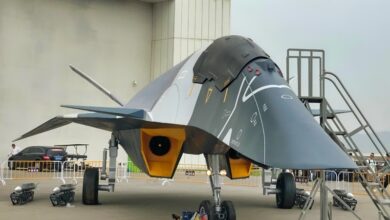The Met to Present Major Exhibition Exploring the Origins of Buddhist Art in India
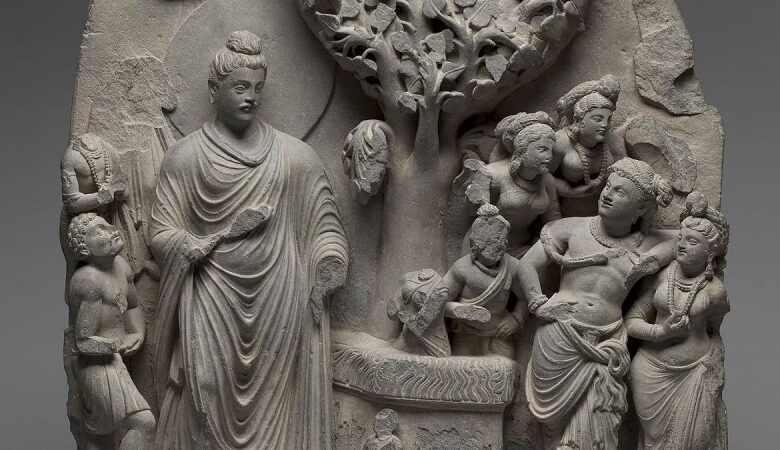
Featuring more than 125 works, the presentation will include international loans and newly discovered sculptures on view publicly for the first time
(New York, 2023)— Opening at The Metropolitan Museum of Art on July 21, 2023, the exhibition Tree and Serpent: Early Buddhist Art in India, 200 BCE–400 CE will illuminate how the religious landscape of ancient India was transformed by the Buddhist presence. Featuring more than 125 objects, including major loans from India, the exhibition will consist of stone sculptures associated with the adornment of the stupa—the monumental dome structures that housed the Buddha relics—as well as metalwork, ivory, ceramics, paintings, and jewelry. It will present a series of evocative and interlocking themes to reveal both the pre-Buddhist origins of figurative sculpture in India and the early narrative tradition that was central to this formative moment in early Indian art.
The exhibition is particularly noteworthy for the series of spectacular sculptural masterpieces from southern India that will be exhibited to the public for the first time, including newly discovered works of art from ancient monastic sites in the Deccan.
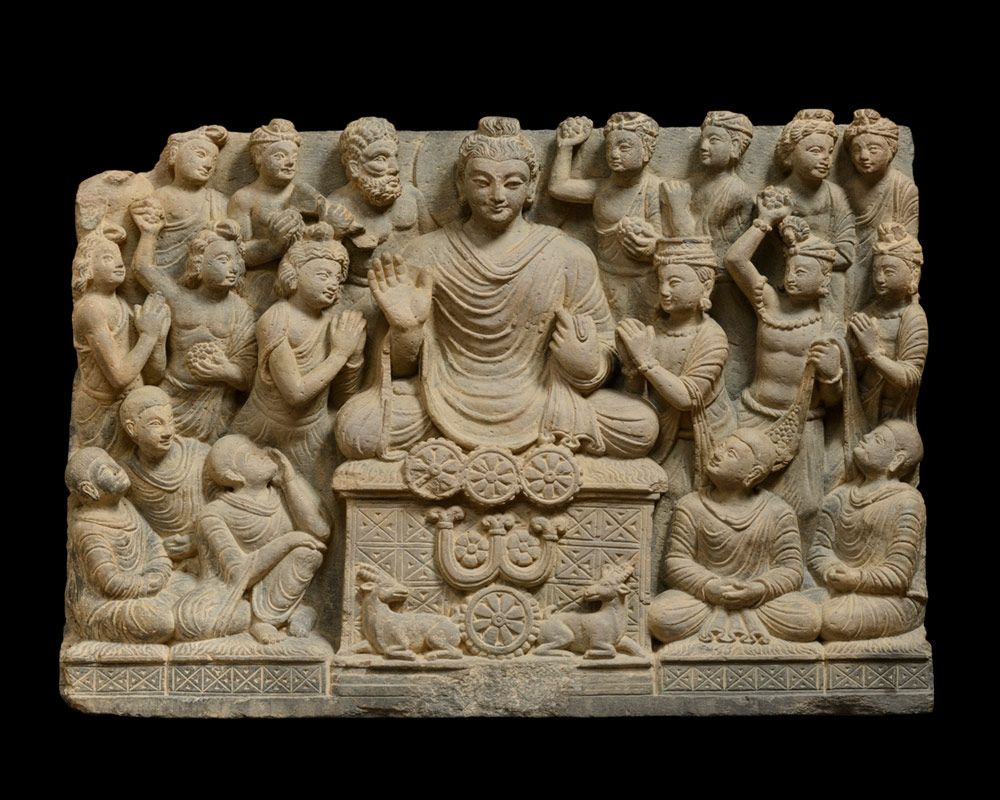
Max Hollein, Marina Kellen French Director of The Met, said: “Buddhism inspired an extraordinarily innovative and beautiful flowering of art in ancient India. It is a tremendous honor to present this stunning exhibition—and to introduce new discoveries from this pivotal moment in the history of art—to our global audience. We express a special thanks to the Government of India and the six state governments in India, who have all been generous lenders to this pioneering exhibition, along with institutions in Europe and the United States.”
Shri Govind Mohan, Secretary, Ministry of Culture, Government of India, remarked: “It gives me immense pleasure to learn that this international exhibition is being organized by The Met, in joint collaboration with a consortium of Indian museums to enhance cultural exchange between India and the United States of America. The exhibition will most definitely reinvigorate interest in India’s cultural heritage through its artefact wealth and will lead to deeper understanding of cultural diversities of two nations and appreciation among the people. I wish the exhibition a grand success.”
Shri Randhir Jaiswal, Consul General of India, New York, commented: “We are truly delighted to partner with The Met in bringing this important Buddhist art exhibition to the U.S. This exhibition will allow the Museum’s audiences to delve deep into India’s ancient past and understand how Buddhist thought and culture shaped our imagination and progress. That this exhibition is being held at a time when India celebrates 75 years of its independence, ‘Azadi Ka Amrit Mahotsav’, makes the event truly memorable, and I wish it every success.”
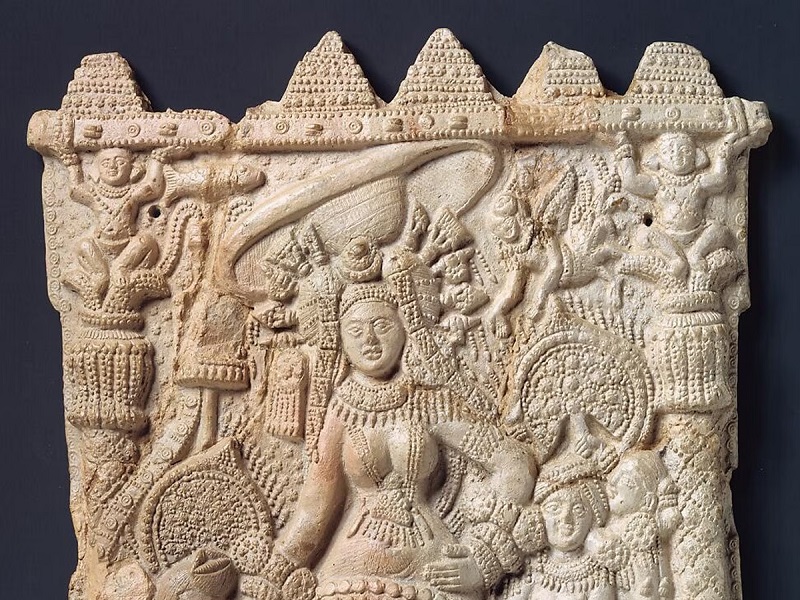
John Guy, Florence and Herbert Irving Curator of South and Southeast Asian Art at The Met, said: “This exhibition presents the story of the origins of Buddhist art through the lens of newly discovered masterpieces from early India. It showcases the beginnings of Buddhist art in southern India and presents it in a wider landscape of early Buddhist devotional practice, centered on honoring the Buddha and his relics. Buddhist monasteries were places for meditation but were also, on occasions, places for noisy festivals, the air heavy with the fragrance of fresh flowers and perfumes. The lived traditions of early Buddhism are foregrounded here, along with the role of beautiful stories that found expression in the art adorning the stupa. This is an exhibition that celebrates the senses, just as Buddhist worship does.”
Much of the earliest Indian art was produced in the service of Buddhism, a religion that emerged in northern India in the 4th century BCE as a result of the teachings of the Buddha Shakyamuni. This thematically organized exhibition explores the pre-Buddhist nature cults of India that influenced early Buddhist art, the role of stupas and relic worship, the role of patrons, and the influence of India’s global position, including its international trade with the Roman world. The resulting art was cosmopolitan and new, and devoted above all to the celebration of the Buddha and his message.
Highlights include sublimely beautiful renderings of stupas, sections of ceremonial gateways, and processional railings protected by awesome rearing cobras (nagas). Housed within are the precious relics marking the Buddha’s presence, honored through these sculptural adornments— masterpieces of early Buddhist art.
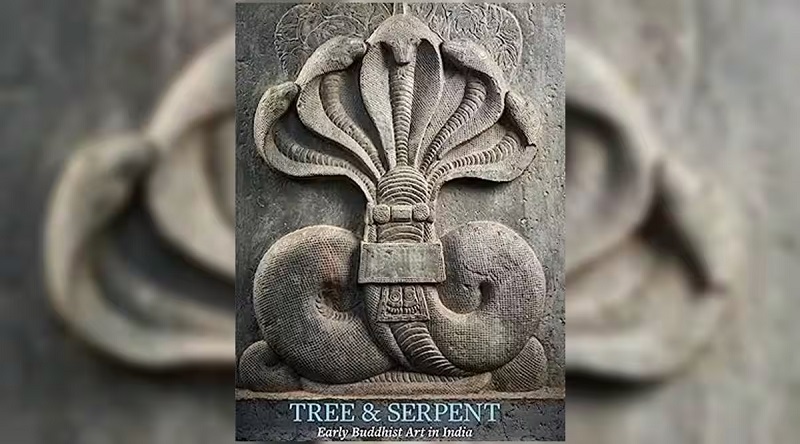
Credits and Related Content
The exhibition is made possible by Reliance Industries Limited, The Robert H. N. Ho Family Foundation Global, and the Fred Eychaner Fund.
Major support is provided by the Estate of Brooke Astor, the Florence and Herbert Irving Fund for Asian Art Exhibitions and the E. Rhodes and Leona B. Carpenter Foundation.
Tree and Serpent: Early Buddhist Art in India, 200 BCE–400 CE is organized by John Guy, Florence and Herbert Irving Curator of South and Southeast Asian Art at The Met, in cooperation with the Ministry of Culture, Government of India.
The exhibition is complemented by an international symposium to take place at The Met’s Grace
Rainey Rogers Auditorium on September 29 and 30, 2023. The symposium is made possible by the Fred Eychaner Fund.
A fully illustrated catalogue will accompany the exhibition. Published by The Metropolitan Museum of Art, it will be available for purchase from The Met Store.
The catalogue is made possible by the Florence and Herbert Irving Fund for Asian Art Publications.
Additional support is provided by Albion Art Co., Ltd.
The exhibition will be featured on The Met website as well as on social media using the hashtag #TreeandSerpent.
(This story has not been edited by News Mania staff and is published from a Media Release)



